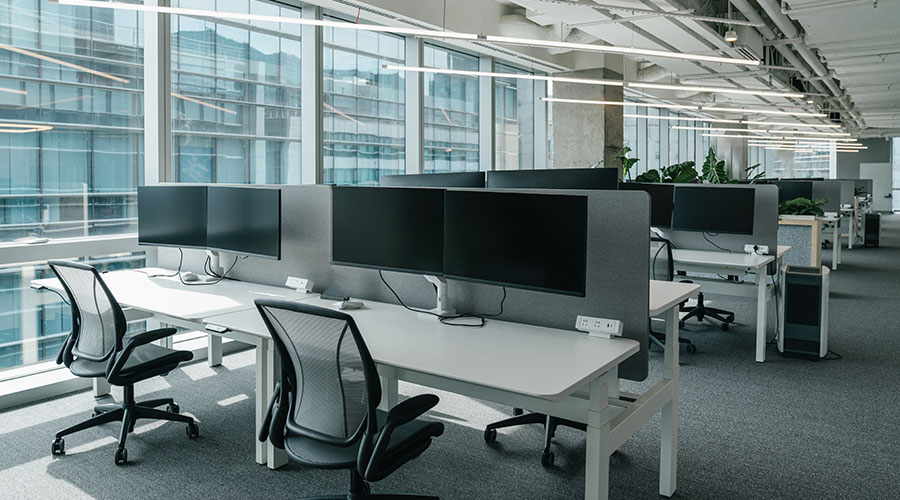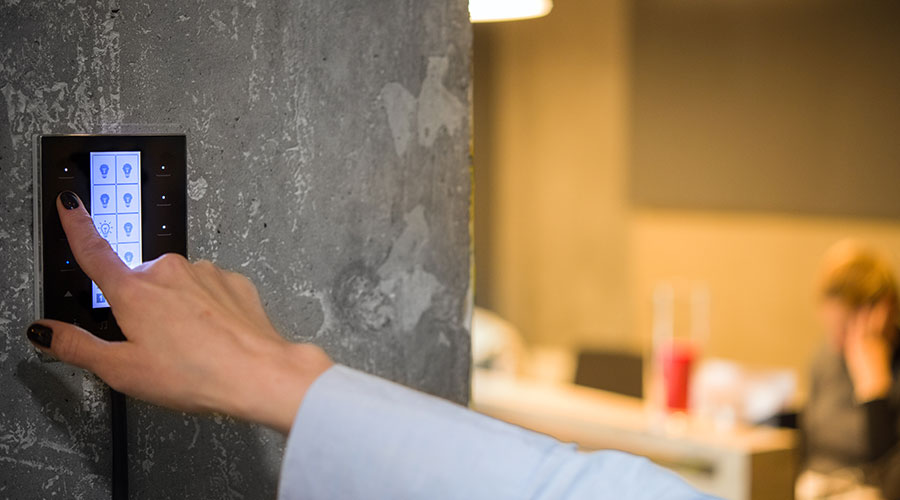LEDs: Cost Inhibits Widespread Specification
The tallest hurdle facing the LED industry is price. LED-based lighting fixtures can cost 1.5-2.5 times more than their traditional counterparts. In some cases, managers might be able to recoup the higher initial cost through energy savings or lower maintenance costs.
Factors such as luminaire spacing, orientation and desired uniformity of the lighting levels create a unique set of criteria for each project. Rarely is the decision to use LEDs a hands-down winner over more traditional technologies. More often, the decision relates to the traditional, or base-case, application to which the LED system is compared.
LEDs have entered the lighting market at break-neck speed, and standard-setting groups have struggled to keep pace with the change. Published works defining standards for comparing life and output of LED systems have not been sufficiently updated.
Without clear definitions and guidance, managers and other specifiers have struggled to get a clear picture regarding LED performance. Many have been burned by early adoption of LEDs. Most designers and engineers believe the best way to select LEDs is through mock-ups and real-world installations.
Specifiers often elect to view a sample to judge first-hand whether the product under consideration will meet their criteria. Subtle variations in color temperature, color rendering and light distribution tend to get lost on cut sheets and photographs. The variety of energy-savings potential drastically affects LED products during a life-cycle-cost comparison.
Related Topics:














